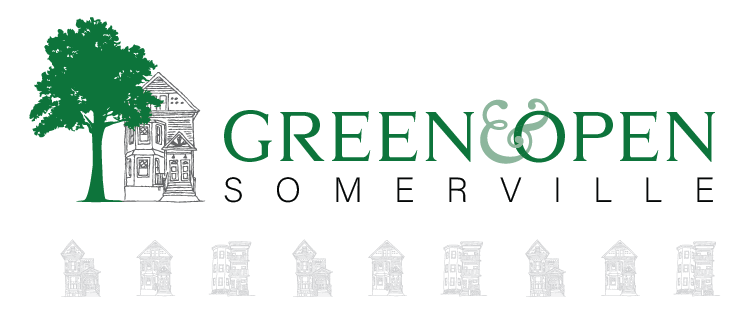http://www.tonylafuente.com/why_i_m_opposed_to_artificial_turf_at_lincoln_park?utm_campaign=turf&utm_medium=email&utm_source=tonylafuente
Why I’m opposed to Artificial Turf at Lincoln Park
 I’m opposed to the Administration’s plan to install artificial turf at the fields at Lincoln Park. This is a somewhat contentious issue and both sides are passionate about their points of view, and both make good arguments for their positions.
I’m opposed to the Administration’s plan to install artificial turf at the fields at Lincoln Park. This is a somewhat contentious issue and both sides are passionate about their points of view, and both make good arguments for their positions.
I’ve received lots of correspondence from people both in favor and against – and that’s a credit to the sense of community we have in Somerville.
Though I’m sympathetic to arguments from those in favor of artificial turf, and I know they have the best interests of everyone at heart, I’m against artificial turf for the following reasons:
Heat & the Environment - The heat-absorbing properties of artificial turf make it unhealthy to play on during hot weather. Temperatures on the artificial turf can be up to 20 degrees higher than grass. And studies have shown synthetic turf can be as much as 37 degrees higher than air temperature. Somerville gets very hot for much of the year, especially during times when fields are used the most and this is a health hazard to our children and others using the fields.
Health and Safety – There are numerous health and safety concerns with artificial turf. Crumb rubber infill in artificial turf fields can get into eyes, noses, and mouths, causing people to ingest cancer-causing chemicals. In fact, the EPA has found 30 chemicals in artificial turf and has advised further study to determine risks. None of the studies that are offered to show artificial turf is safe look at long-term impacts, and they rarely involve young children.
Green Space – Somerville is a highly-densely populated city and we need to strive for more green space throughout the city - and that includes our playing fields. Once we make a field artificial, there’s no going back to grass. Once installed, artificial turf will kill any living organism in the subsoil and make it extremely difficult to grow grass on that area in the future.
Cost: Despite claims that artificial turf requires low long-term maintenance costs, I’m not convinced that artificial turf provides the cost savings that proponents suggest. Effective maintenance of artificial turf is demanding and costly. It must be regularly vacuumed to remove dust, dirt, pollen, skin cells, and a host of other debris. Weeds that grow through the turf must be removed and there are a host of other maintenance issues.
Aside from this specific debate though, Somerville clearly needs more green space and fields for our kids and adults alike to play on. I’ll continue to stress the importance of more green space to the Administration. I’ll also advocate for better maintenance of existing fields by the Department of Public Works.
If you have any feedback, let me know by clicking here, or send me an email. You can also post to myFacebook page here.
